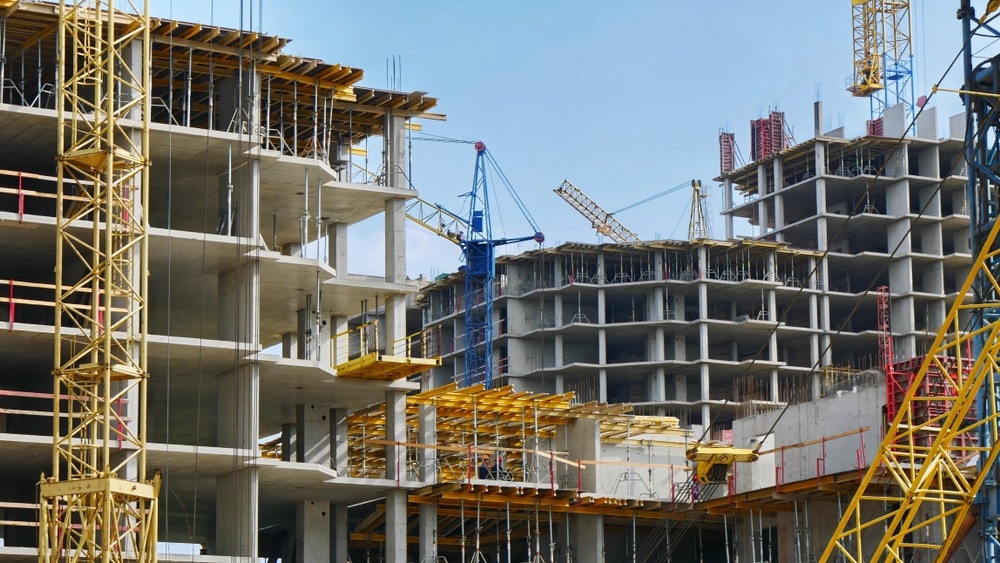One of the main causes of climate change and rising global temperatures is carbon dioxide (CO2) emissions from human activity. Among the various anthropogenic activities that emit CO2, the construction industry has one of the largest carbon footprints.

Image Credit: creator12/Shutterstock.com
As a result, it is essential to minimize these emissions by transitioning to environmentally friendly, bio-based building materials. Biochar is one such widely used biobased substitute.
The carbon-rich byproduct of the thermochemical conversion of biomass in an oxygen-deficient environment, biochar is used as a soil booster in agriculture, as an adsorbent for the purification of water and air, and as an additive in asphalt for road construction.
Due to its ability to absorb more CO2 than it weighs, biochar is one of the most effective materials for sequestering carbon. Consequently, it is increasingly being used in concrete manufacturing as a cement alternative. Studies reveal that, when applied properly, biochar can improve concrete’s structural performance, but other bio-based materials are known to reduce it.
The incorporation of biochar into concrete not only improves its mechanical characteristics but also aligns with sustainability goals. Additionally, it diminishes the reliance on conventional cement, a favorable outcome considering cement production’s substantial carbon emissions.
By substituting a fraction of cement with biochar, businesses and professionals in the industry can significantly reduce the carbon impact associated with infrastructure construction.
What advantages and obstacles come with the incorporation of biochar into cement? Recent research published in Cement and Concrete Composites journal compiles the most recent findings in this area.
It offers a comprehensive examination of not just the cement-like performance and physicochemical traits of biochar as a construction material but also assesses its appropriateness as a sustainable additive in cement, focusing on the potential economic and ecological benefits it can yield.
Since cement production is responsible for about 8% of global CO2 emissions, the core objective of this article is to highlight the potential of biochar in significantly reducing the carbon footprint of the construction industry, while also being economical.
Yong Sik Ok, Chair and Director, Association of Pacific Rim Universities (APRU) Sustainable Waste Management Program
Yong Sik Ok is also the President of the International ESG Association (IESGA), an HCR (Highly Cited Researcher) Professor at Korea University, and the lead author of the article.
ESG practices include social responsibility and community involvement. Adopting biochar-infused concrete displays a dedication to environmentally friendly building practices, which can benefit local communities.
Lower cement usage can result in lower emissions and better air quality, leading to healthier living situations for local populations. Corporate practitioners can build positive relationships with communities by demonstrating their commitment to reducing environmental consequences through the use of biochar-infused concrete.
In the long term, biochar can transform the construction industry by influencing architectural practices, urban planning, and infrastructure development toward carbon neutrality. It could also influence industry standards and policies to enable the adoption of other sustainable practices, such as adherence to ESG frameworks, and pave the way for job creation and economic growth in this sector.
Yong Sik Ok, Chair and Director, Association of Pacific Rim Universities (APRU) Sustainable Waste Management Program
Prof. Ok concluded, “By reducing the industry's carbon footprint and fostering sustainable construction practices, our work on biochar could significantly contribute to a greener, more resilient, and socially responsible built environment that positively impacts the lives of both current and future generations.”
Journal Reference:
Senadheera, S. S., et al. (2023). Application of biochar in concrete – A review. Cement and Concrete Composites. doi.org/10.1016/j.cemconcomp.2023.105204.